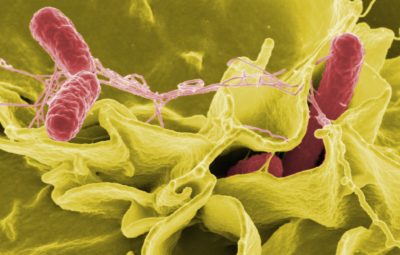Formic acid as an antimicrobial agent for animal feed

Dear colleagues,
This week we wanted to share an interesting review on formic acid.
This review shows the direct activity of formic acid as an additive to control bacterial growth in feed.
In fact, it appears that formic acid and its derivatives may be a direct solution for controlling salmonella levels in feed and subsequently obtaining a direct and indirect antimicrobial effect in the gastrointestinal tract, although, as the article clarifies, these actions are related but do not follow exactly the same mechanism of action.
It is also important to mention that the effect of formic acid may be limited due to several factors, such as the buffering capacity of various feed components or drinking water.
Another fact to bear in mind is that when talking specifically about the action of formic acid in the intestinal tract, it seems that this is limited to the anterior sections, as the concentration probably decreases in the posterior sections. However, it seems that this problem can be solved by supplementing part of the acid in the form of effective encapsulates, as we do at Nutribiogenics with NBG Protect technology.
It is also mentioned that there are some articles that propose mixing organic acids to improve the spectrum of action and therefore efficacy, but this will depend on whether our objective is to control only salmonella and other enterobacteria with similar sensitivity or whether we want to have a broader antimicrobial solution that even includes fungi, where propionic acid, for example, is shown to be a good option.
Finally, it should be noted that the doses to be used vary depending on the concentration, protection, problem to be treated, and type of ingredients in the diet. For example, for commercial products with a concentration of 30%, doses vary from 1 to 5 kg per ton of feed.
For more information, please refer to the article:

